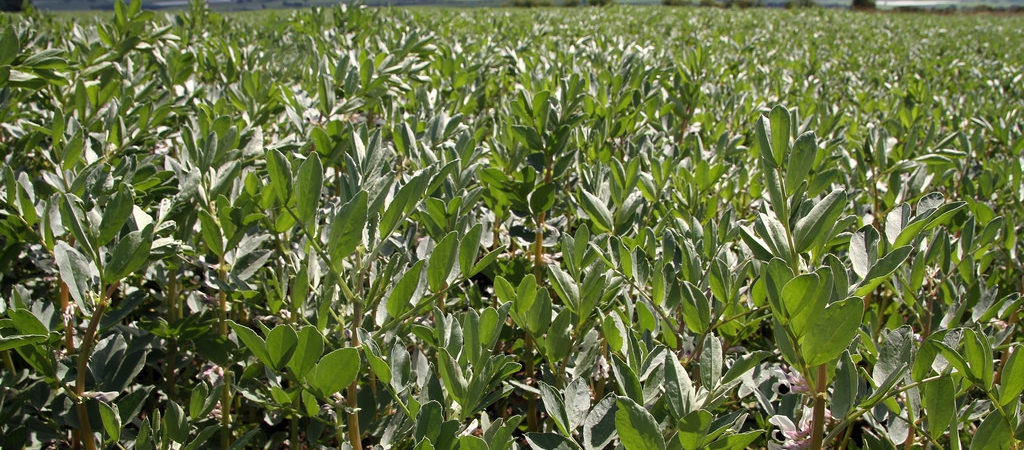Field Beans and Lupins
Field Beans
Practical information to help you grow, harvest and manage grain legumes for livestock.
Resource explained
With purchased protein being expensive, home-produced protein in the form of crops such as field beans and lupins can be an attractive alternative.
This technical summary of Scotland’s Rural College (SRUC) provides practical information on growing field beans and lupins. Whilst aimed at farmers and growers in Scotland, it has a broader relevance.
In the form of two pages, the first, ‘Field beans’ refers to: variety choice, soil pH and nitrogen fixation requirements, sowing conditions and requirements, weed and disease control, undersowing, harvesting and ensiling.
‘Lupins’, which can be accessed at the bottom of the first page, provides information on: quality and high oil content, protein content and yield compared to beans, soil pH requirements, sowing, establishment, seed inoculation, weed suppression, undersowing, pests and diseases, harvesting, and combining with other crops.
Findings & recommendations
- The nitrogen (N) fixation capacity of beans may be reduced if they are grown in soil pH below 6.0.
- SRUC trials have found that inoculating beans at sowing can improve nodulation and result in much higher yields.
- Undersowing beans with low-growing forage legumes such as white clover can effectively control weeds and ensures some N fixation if the beans do not establish well.
- The amino acid profile and high oil content of lupins indicates that they could be a more valuable crop than peas or beans; they are higher in protein but are however often lower yielding.
- Lupins prefer more acidic soils than those suited to peas or beans; this and an ability of some species to take up phosphorous efficiently may make them better adapted to low-fertility sites.
- Lupins are not competitive in the early stages and the determinate varieties do not effectively suppress weeds. You could consider undersowing forage legumes to help counteract this.
- Farmers are increasingly growing lupins with cereals. Lupicalage (a combination of lupins and triticale), is lower risk and easier to manage than a lupin monoculture. Beef and dairy farmers have shown particular interest in it, partly due to its capacity to benefit milk quality.

